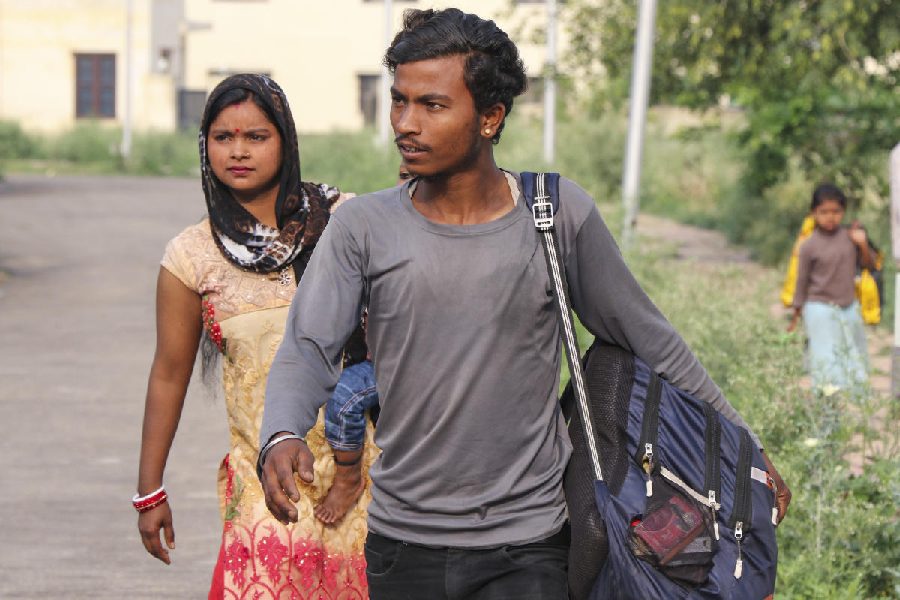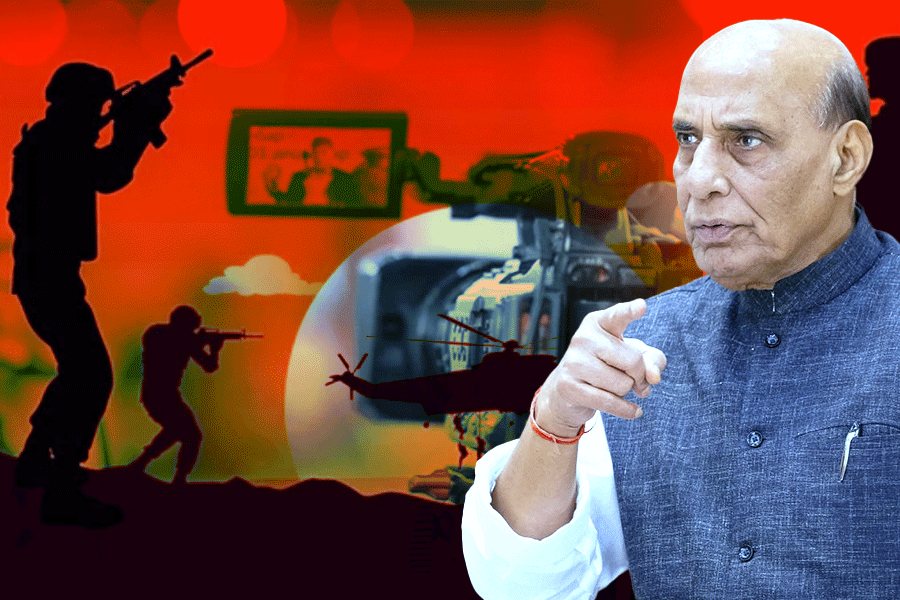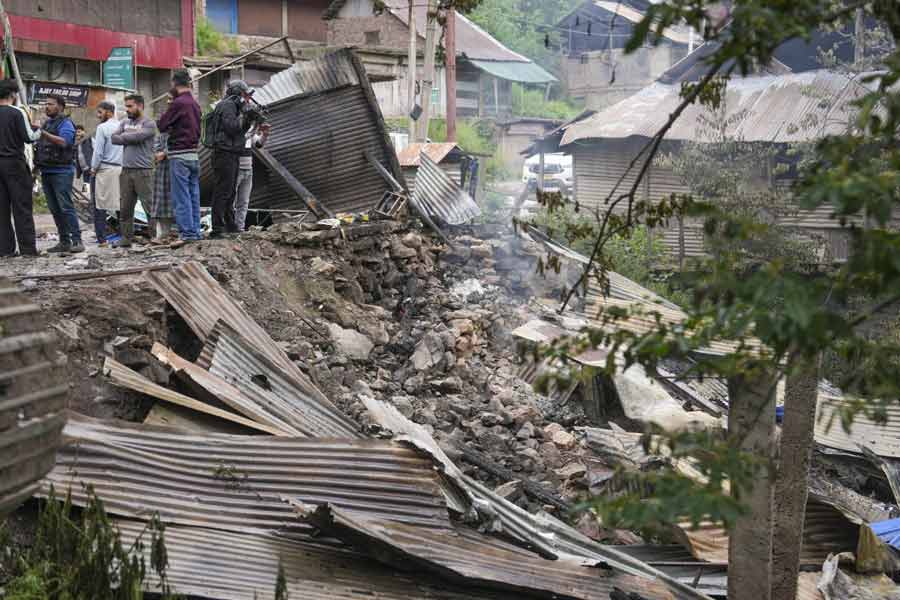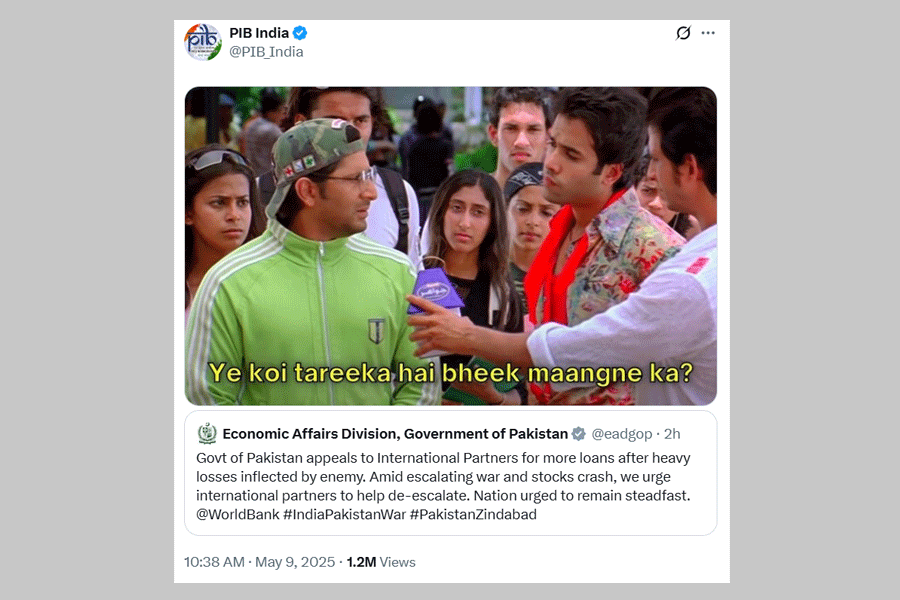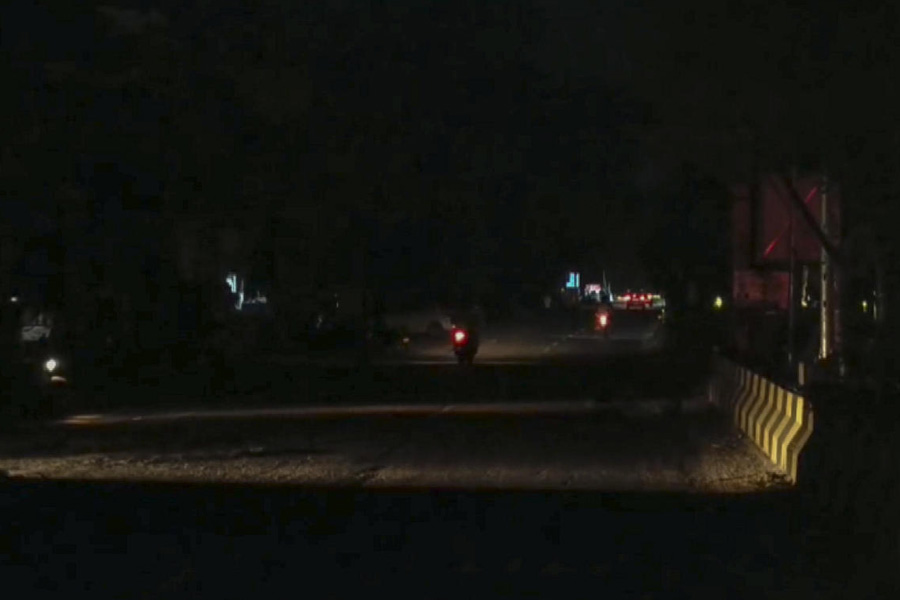
Bengal Chemicals has posted profits after more than six decades. Apart from its founder, Prafulla Chandra Ray, two other well-known Bengalis were associated with it. The great satirist and lexicographer, the po-faced Rajshekhar Basu (1880-1960), was the company's chemist. And the man who created the drawings for the company's advertisements and illustrated Basu's stories was his friend and follower, Jatindra Kumar Sen (1882-1966), who, by happy coincidence, turns 135 this year. On this occasion, the Bengali magazine, Bishoy Cartoon, has published an issue devoted to the man who was a comic genius, commercial artist and a writer in his own right, but about whom little is known.
Both Basu and Sen, who remained single all his life, had pseudonyms - Parashuram and Jajati, respectively. Jatin's firm lines are immediately recognizable and he could imply volumes by making minor physical distortions as he created a galaxy of unforgettable characters - the corrupt, turbaned, dhotied businessman with a porcine snout, epicene Pelab Roy, ancient Hanuman yanking his young mistress by her locks, the venerable Brahmin reading the marriage vows to an Englishwoman and her fiancé inside a train compartment, the celestial ecdysiasts, the coy ogress and the viragos who kept their docile hubbies on a tight leash. Jatin kept a straight face as he inked intimidating women judges, formidable police women and bosses, and blue stockings who smoked cheroots. Those were the days when emancipated Bengali women were emerging for the first time into the public domain, and both Parashuram and Jajati couldn't help but snigger at the excesses. Some of his drawings of the liberated ladies may be considered politically incorrect in these humourless times, but his drawings of young, recognizably Bengali, dhotied libbers sporting pageboy cuts and with well-shod feet instead of slippers were very different from the Caucasian types his contemporary artists favoured. He held his tongue firmly in his cheek as he drew an array of coiffures, some obviously bizarre. Basu's Bhushundir Mathe brought out the best in Jatin as he conjured up a gallery of shades. His black, stick-thin Bihari ghost, Kariya Piret, sliding down the palm tree, the bald and pot-bellied phantasm and the size-zero ladies from Hades are iconic spooks only comparable with Sukumar Ray's wraiths. Little wonder Jatin won the praise of Rabindranath. However, when he made drawings for advertisements, he went back to the languid ladies straight from Ajanta, probably influenced by the prevailing nationalistic fervour.
Jatin was born in Chandernagore, but he spent his childhood in Darbhanga, where his father was on the Maharaja's staff. He showed a flair for drawing from childhood, and when he sought admission to the Government Art School, the then principal, Percy Brown, was suitably impressed. Yet Jatin has acknowledged his debt to Basu who often made the primary sketches. In Calcutta, he used to stay with his brother, who taught at the Bengal veterinary college. But Jatin was a regular at the home of the brothers, Shashishekhar, Krishnashekhar, Rajshekhar and Girindrashekhar, at 14 Parsibagan Lane, where the rambunctious adda attracted Bengal's leading minds. Jatin has left behind a lively account of the adda, among other writings. Besides illustrating the books of many authors, he had designed the logo of New Theatres, the first cover of Desh magazine, and helped draw Bengali typefaces for Linotype machines. Such was his versatility.





